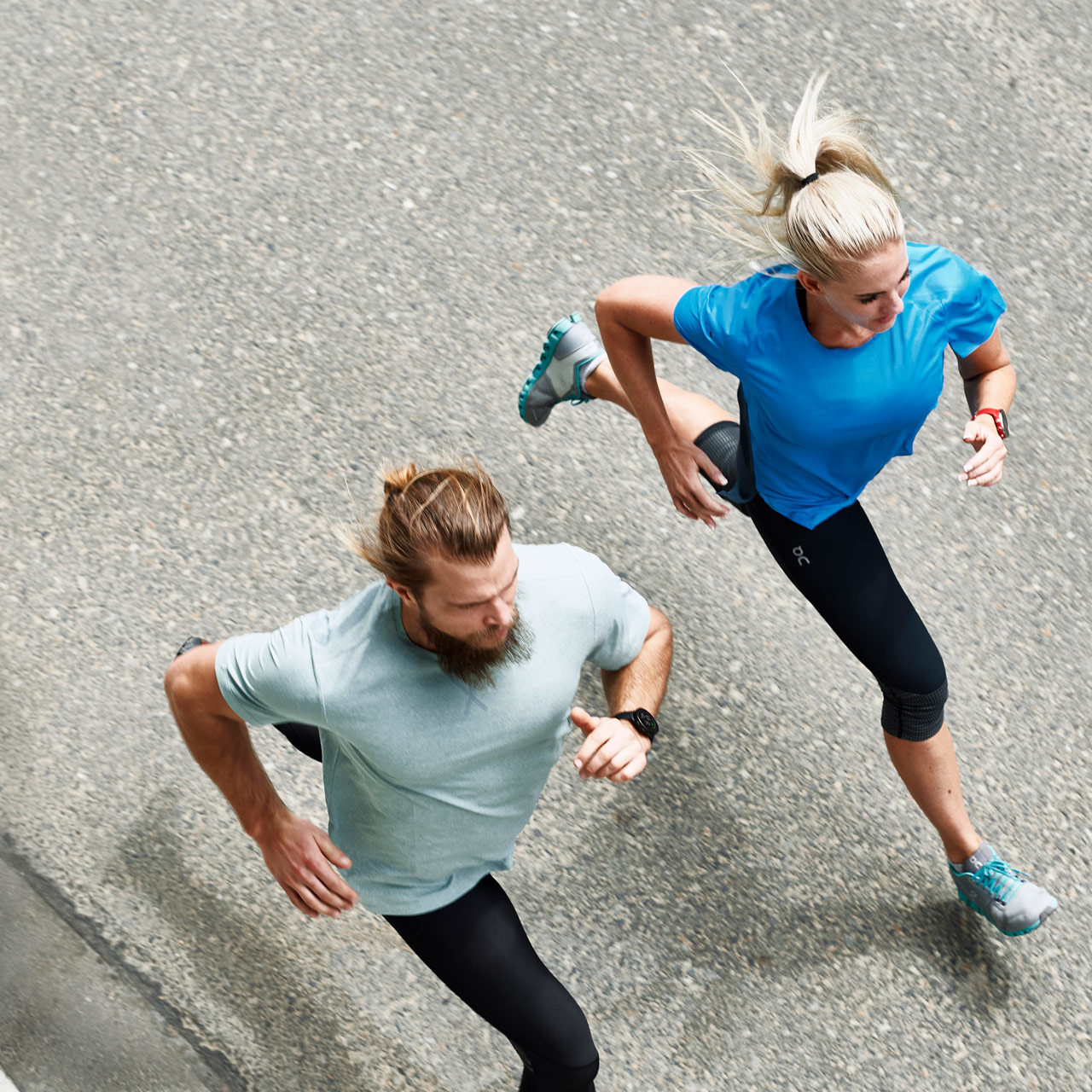Running News Daily
Running News Daily is edited by Bob Anderson. Send your news items to bob@mybestruns.com Advertising opportunities available. Train the Kenyan Way at KATA Kenya and Portugal owned and operated by Bob Anderson. Be sure to catch our movie A Long Run the movie KATA Running Camps and KATA Potato Farms - 31 now open in Kenya! https://kata.ke/
Index to Daily Posts · Sign Up For Updates · Run The World Feed
The three most important muscles in running and how to training them while you are running
Running involves the coordination of hundreds of muscles, but some are more critical than others. Read more to learn which three muscles Coach Adam Hodges believes are the most important running muscles.
Running, like any physical activity, involves coordination among a group of muscles to propel you forward. So singling out one of those muscles as the “most important” risks oversimplifying the process. Yet certain muscles do play a more important role than others in running. And they may not be the ones that first pop into your mind.

In this article, I put forth three candidates for the most important running muscle designation. Although other muscles are also important, these three muscles deserve special attention partly because runners and triathletes living a modern lifestyle often fail to adequately strengthen and use them. This means they tend to be underutilized in relation to their importance. So here are the muscles along with some exercises to increase strength and mobility.

Glutes:
Running engages a group of muscles known as the posterior chain. The prime driver of the posterior chain is the gluteus maximus, or your butt muscle. This muscle initiates hip extension, which is the essence of running. In addition to the gluteus maximus, the gluteus minimus and medius also get into the action with the medius playing an important role in stabilizing the hips during running.
Many runners and triathletes suffer from weak or inactive glutes due, in part, from the modern lifestyle that involves substantial amounts of sitting. All that time sitting at a desk or in a car puts your glutes to sleep. This “sleepy glute” syndrome negatively impacts your running and cycling because the prime muscles that drive the posterior chain go missing in action.
Use the Donkey Kicks exercise to strengthen and activate your glutes. Get on your hands and knees. Keep your back straight, flat and still. Squeeze the glute to move one leg back and slightly to the side (like a donkey kicking). Note: the movement should be initiated from the glute (butt), not the lower back. If you feel the lower back working instead, start with smaller movements until you can increase the range of extension. Do 2-3 sets of 8-12 repetitions.
Deep Abdominals:
Effective running requires excellent posture, and a prime muscle responsible for maintaining good posture is the transversus abdominus (TVA), or your deep abdominals. This muscle wraps around and stabilizes your core much like a corset or girdle. Note that it lies below the more famous abdominal muscle, the rectus abdominus, responsible for the “six pack” look. The deep abdominals provide stability so that the posterior chain muscles can work more effectively, preventing the forces generated by the posterior chain from reverberating through your joints and spine. As with the glutes, if you sit a lot, the deep abdominals can be weak and underutilized.
Use the plank pose to strengthen and activate your deep abdominals. Lie in a prone position (face down) with your elbows under your shoulders. Squeeze the quads and then squeeze the glutes to raise your body into a plank. Keep the back flat, and do not let the butt rise or sink. Hold for 30 seconds or up to three minutes.
Big Toe:
Although far removed from your core, your big toe nevertheless plays an important role in running. The flexor hallucis brevis, or big toe muscle, bends the big toe and works to stabilize your foot during each foot plant. Modern running shoes are notorious for design features that prevent your big toe from working the way it should while running. Shoes with a narrow and elevated toe box place the big toe in a hyperextended position and prevent the toes from spreading while running, a recipe for a series of imbalances that can lead to common running injuries from shin splints to plantar fasciosis.
Choose shoes that fit your feet (rather than trying to cram your feet into narrow shoes) and allow your toes to splay naturally while running. Toe spacers such as Correct Toes, a product designed by Portland podiatrist and runner Ray McClanahan, work well to align and strengthen your toes. In addition, work to increase the flexibility, coordination and strength of your big toe by doing what physical therapist Jay Dicharry terms “toe yoga.” While barefoot (either standing or sitting), keep your feet flat on the ground. Raise your big toe while keeping the other four toes on the ground. Return your big toe to the ground; then raise your other four toes. Repeat this several times throughout the day to put your big toe back into the action.
From Your Core to Your Toes:
Although to single out any one muscle as the most important running muscle risks overlooking the intricate coordination involved in the activity, there are certainly some candidates that deserve special attention. To run efficiently and injury free, be sure to focus on improving the strength and mobility of the muscles discussed here. Even a little bit of supplemental work goes a long way and pays valuable dividends, so there’s no excuse not to fit these or similar exercises into your busy schedule.
by Adam Hodges
Login to leave a comment




